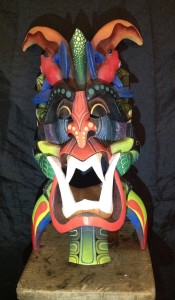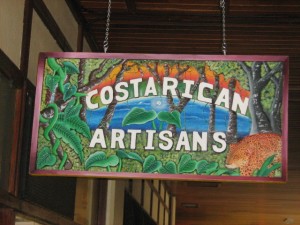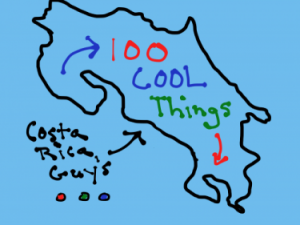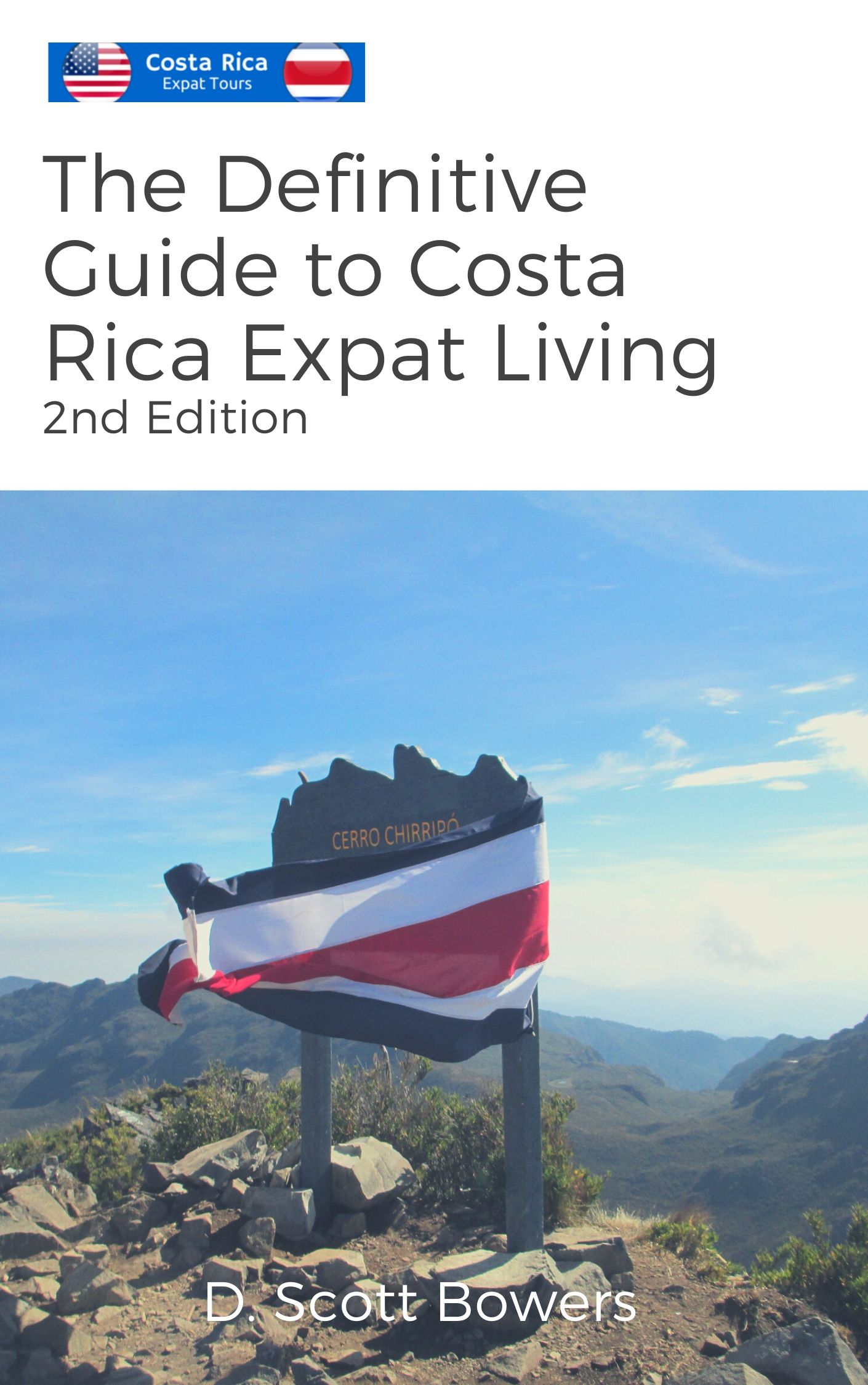
Years ago I operated my Costa Rica vacations business from a little store in the San Jose 2000 commercial center behind the Hotel Best Western Irazu. Times got tough and I moved out in a downsizing effort. Then a year later I moved back in that same locale, but with the idea of making it a store featuring Costa Rica indigenous arts and crafts. I also started a web site…
Costa Rican Artisans was borne.
Well, I moved again, out of San Jose completely this time, but I still operate the store, online.
Here’s a link where you can see the cool stuff I have.
I made my first visit to Boruca Costa Rica around 2008. It’s located in the extreme southern zone, not too far from the Panama border. It is a small indigenous community nestled in the mountains between the Pan American Highway and the southern Pacific coast. Getting there is quite an adventure in itself.
I remember the first time I met the two community leaders (and sisters), Doñas Margarita and Marina, in the little museum they had set up for tourists who wandered into town. I also remember the frequent visits I received in my little store from Doña Marina, who would travel by bus, often alone, with a bag full of masks and other handcrafted items, to replenish my inventory. This was no small-task for a small elderly woman to undertake.
The Boruca Indigenous Reserve is most famously known in Costa Rica for their arts and crafts, especially ornately carved and painted ceremonial masks. The traditional masks resemble horned and extremely devilish looking creatures. They also craft ecological masks that represent the flora and fauna of their region.
But why the devil masks? There is a specific and important cultural reason behind them.
For three days at the end of each year, the village of Boruca erupts in a festive ceremony known as the dance of the little devils (or, danza de los diablitos). Young men from the community adorn themselves with these ceremonial devil masks. They spend the first day drinking chicha (a locally brewed alcoholic drink) and dancing. With the sound of the ceremonial conch, they proceed throughout the village until they face off with their nemesis, the bull. The bull represents the Spanish conquistadors. The one chosen to represent the bull will wear a special mask made of cedar and with horns taken from an actual bull. This character will engage in mock battle with the diablitos, who represent the indigenous people. The bull will eventually triumph and kill all the diablitos. But later they will be revived and ultimately triumph over the bull.
The Borucan people are a great example of how ancient tradtional cultures can be used as a sustainable mechanism. The majority of community members, both male and female, are engaged in traditional arts and crafts. The men serve primarily as mask carvers.
Masks are carved from balsa and cedar. Both men and woman decorate the masks with paints made from naturally grown roots and flowers. Women also weave cloth on traditional looms and color the cloth with dies made from natural substances. The cloth is used to make bags, table covers, blankets and other items.
Arts and crafts from Boruca Costa Rica are featured in stores that cater to tourists throughout Costa Rica. But an even more special way to buy them is to visit the community yourself. You will witness a simple and peaceful life of a small group of around 2,000 that the overwhelming Spanish imperial power was powerless to wipe from the earth.
Remnants of that same culture that they viewed as pagan hundreds of years ago have been carried forward to modern times and is on vivid display in these Talamancan foothills.
I highly recommend that if you are visiting the southern zone of Costa Rica, take a day and visit Boruca Costa Rica. It will be a rewarding experience.
And when you are greeted with the smiling faces of the local people who are delighted at the opportunity to share their culture with the outside world, make sure to greet them in the following traditional manner….









Comments
photo credit
I’m doing a book called Masks of the World and I would like to show a Borunca mask. I will be glad to credit Midway Travel or whatever you prefer.
Thank you for your help.
Bob